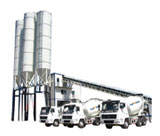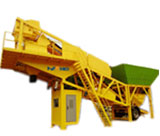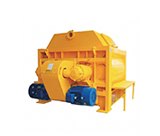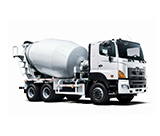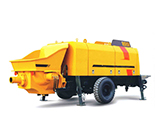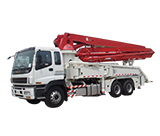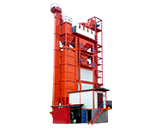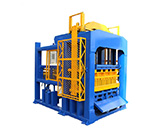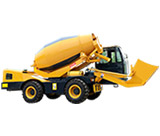Concrete Batching Plant Price Analysis
2025.08.27
The concrete batching plant price is influenced by multiple factors, including equipment type, production capacity, brand, configuration, age and regional policies. And the price ranging from tens of thousands to millions of dollars.


After understanding the approximate price range, the following factors will specifically impact the final price:
1. Production capacity and scale:
This is the most critical factor. Generally, higher production capacity leads to higher prices.
Concrete batching plants can be categorized into three types based on production capacity: small, medium, and large, with a significant price range:
- Small concrete batching plants (HZS25/35/50)
Price range: 10,000-50,000 dollars
Applicable applications: Rural infrastructure projects, small precast parts plants
- Medium concrete batching plants (HZS60/75/90)
Price range: 30,000-70,000 dollars
Applicable applications: County roads, municipal projects, and medium-sized construction projects
- Large concrete batching plants (HZS120/180/240)
Price range: 100,000-900,000 dollars or more
Applicable applications: Large infrastructure projects, road and bridge projects.
2. Automation and control systems:
A higher degree of automation requires a larger initial investment, but in the long run, it can save manpower, reduce errors, and improve efficiency. For example: Fully automatic systems (PLC + touchscreen control, one-button start, IoT remote monitoring) are typically 20% to 30% more expensive than semi-automatic systems. However, these systems can reduce human error, lower maintenance costs, and extend the overall life of the equipment.
3. Brand and After-Sales Service:
Well-known brands generally offer greater assurance of product quality, technical craftsmanship, and after-sales service, but they can also be more expensive. Comprehensive after-sales service is also factored into the price of concrete batching plant.
4. Configuration and Optional Accessories:
Optional accessories beyond the basic configuration increase costs, but they may also improve efficiency or meet specific needs.
- Type of Mixer: Mixer types, such as twin-shaft forced type and planetary type, affect price and mixing performance.
- Material Storage and Conveying Systems: For example, belt loading may be more suitable for large-scale production than hopper loading; increasing the number and capacity of powder tanks (such as 100-ton tanks) also requires additional investment.
- Environmental Protection Devices: These include dust removal systems and wastewater recovery systems. These costs must be considered to meet environmental requirements. Special needs: such as a heating system for cold regions (budget approximately $5,000 to $10,000).
5. Mobility and Layout:
- Stationary concrete batching plants: Suitable for long-term, high-volume production, require a permanent foundation, and may have a higher initial cost.
- Mobile concrete batching plants: Mobility allows for more flexible and rapid installation and relocation, making them suitable for short-term or remote projects, but may sacrifice some production capacity.
6. Other Costs:
- Transportation and Installation:
Mobile models have a 15%-25% price increase due to their integrated chassis.
Installation and commissioning costs: Typically 5%-8% of the total equipment price.
- Maintenance costs:
Annual maintenance costs account for 5%-10% of the original equipment value, including replacement of wearing parts (mixing blades, liners), lubrication, etc.
- Labor costs:
Monthly salaries for management, technicians, and production workers range from hundreds of thousands of dollars.
"Cheapest" may not necessarily mean "best value": Underpriced concrete batching plant equipment may have issues with service life, stability and energy consumption, leading to higher maintenance costs and a shorter equipment life. Reliable quality and excellent after-sales service are crucial to ensuring smooth production. Whenever possible, choose concrete batching plant manufacturers with proven technology, a good reputation, and a robust after-sales service system. Be aware of their after-sales service response time, parts availability and other factors.

